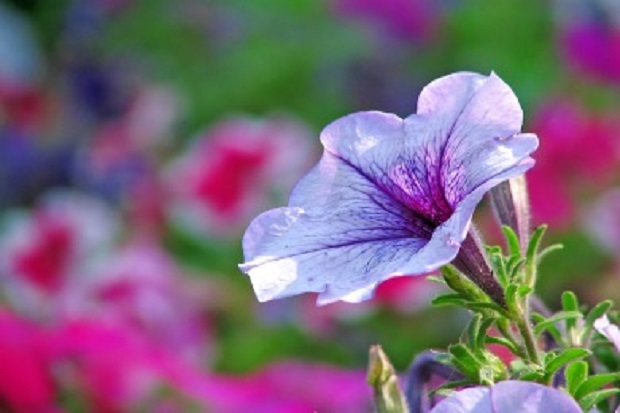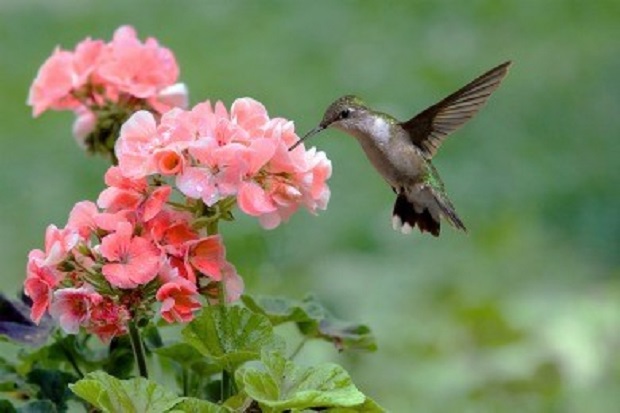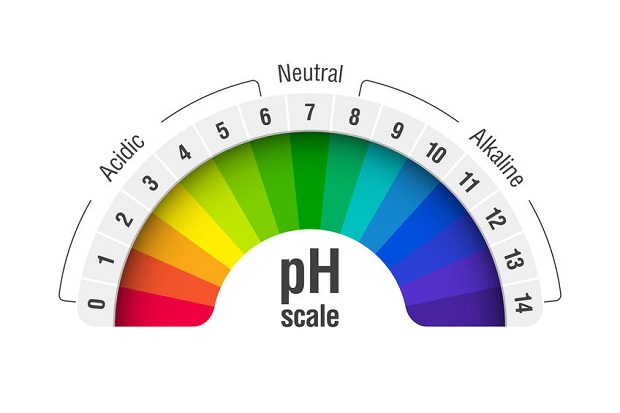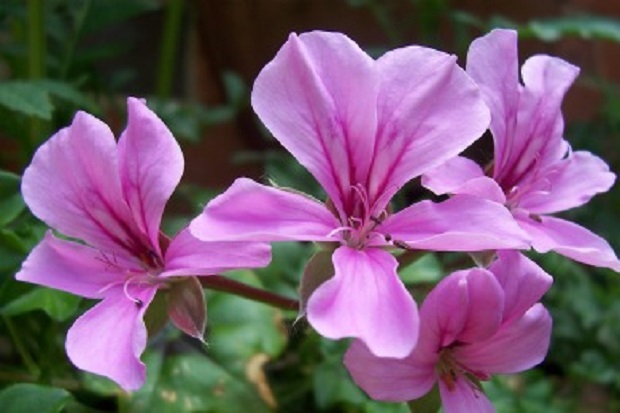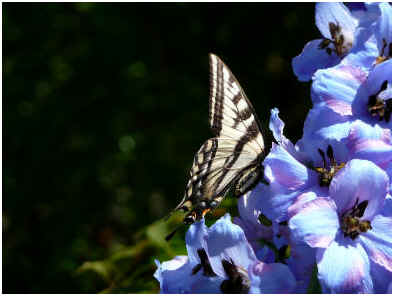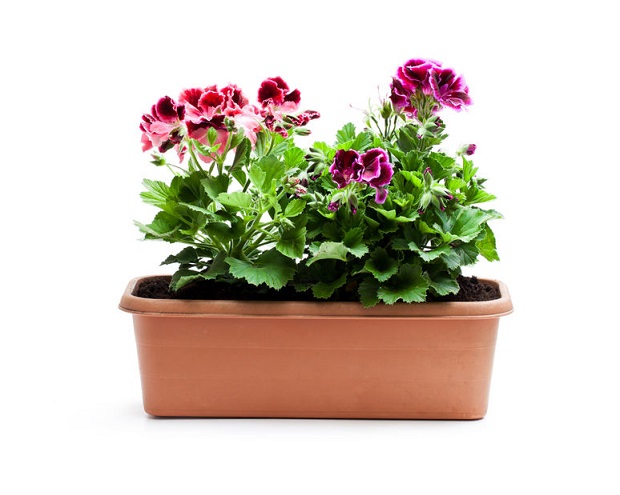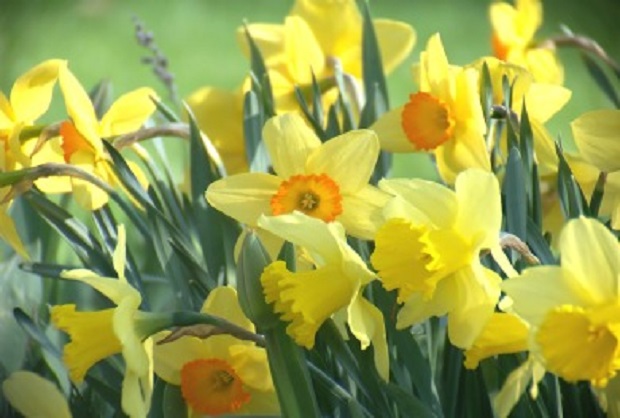
Daffodils are vibrant yellow perennials that bloom in early spring. This hardy plant thrives yearly for the first few years; however, over time will produce fewer and smaller blossoms. When this happens, it indicates that the plant is overcrowded and needs to be divided so that it has room to bloom and develop. The following are some simple instructions on how to divide daffodils:
When to Divide Daffodils
Late summer is the best time to dig and divide daffodils. This should be done after the daffodil plant has bloomed and the foliage has wilted and faded. Choose a day after a good soaking rain to dig, so the ground will be easy to work around.
How to Divide Daffodils
Cut into the ground carefully with a shovel making a circle approximately 4-6 inches away from the wilted daffodil leaves. Loosen the daffodil slowly by holding onto the leaves and lifting gently until the plants begin to escape the dirt. Shake off any soil or debris from the daffodil bulbs. Remove any other bulbs in the hole where the daffodil was planted. Spread the bulbs on a table in the basement or garden shed to dry, which could take up to several days. Once the bulbs are thoroughly dried, hang them in netted bags in a cool, dark place until it’s time for planting in the fall.
Replant the Bulbs
The daffodil bulbs are ready to be replanted in the fall. Make sure to space the plant approximately 6 inches apart and 2-3 inches in diameter. The largest of the daffodil bulbs will produce blooms in spring, with the smaller bulbs producing flowers in the second season.
Resources
“East Texas Gardening.” Daffodils, Texas A&M, easttexasgardening.tamu.edu/2014/06/26/daffodils/.
“Daffodil.” U Of A Division of Agriculture, www.uaex.edu/yard-garden/in-the-garden/reference-desk/bulbs/daffodil.aspx.
